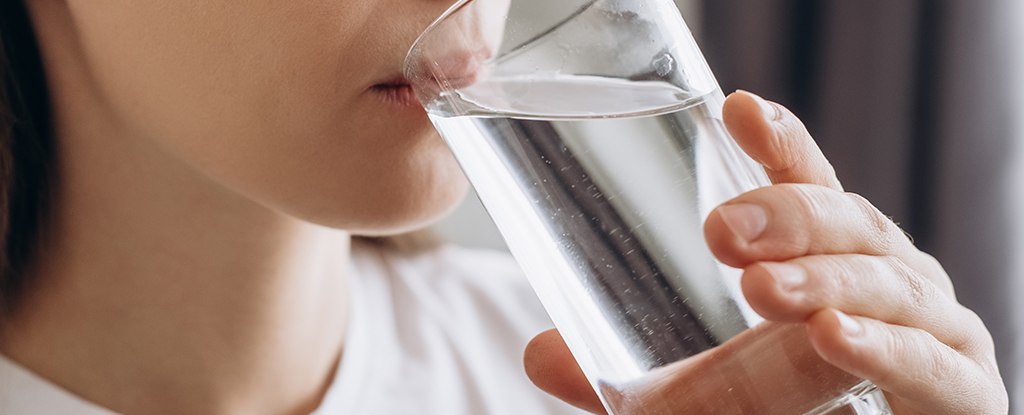ARTICLE AD
We can now add testicles to the list of places where microplastics have managed to spread – alongside human placentas, ancient rocks, clogged arteries, blue whales, baby poop, the wilderness of Antarctica, near the peak of Mount Everest, and the bottom of the ocean.
Research led by the University of New Mexico looked at testicular tissue taken from both dogs and humans, finding microplastics in every sample, with an abundance almost three times higher in humans than in dogs.
The team found an average 122.63 micrograms of microplastics per gram of tissue in canines, and 329.44 micrograms per gram in people.
Besides giving us another sobering reminder of how plastic pollution is penetrating every part of our bodies, the study raises some concerning questions in regards to how these microscopic fragments might impact male fertility.
"At the beginning, I doubted whether microplastics could penetrate the reproductive system," says environmental health scientist Xiaozhong Yu from the University of New Mexico.
"When I first received the results for dogs I was surprised. I was even more surprised when I received the results for humans."
Among the 12 different types of microplastics identified, the plastic polymer the researchers found the most of, in both dogs and humans, was polyethylene (PE) – used in the manufacture of plastic bags and plastic bottles, and a major contributor to our plastic pollution problem.
While the human tissue couldn't be tested for sperm count, the researchers did do this for the canine samples. They found higher levels of polyvinyl chloride (PVC) plastic correlated to a lower sperm count in the animals.
With PVC widely used for many industrial and household products, the worry is that plastic could be contributing to falling sperm counts worldwide – which have already been linked to heavy metals, pesticides, and a variety of chemicals – though these PVC results seen in dogs would need to be replicated in men, of course, for us to understand whether the same thing was happening in people.
"The plastic makes a difference – what type of plastic might be correlated with potential function," says Yu.
"PVC can release a lot of chemicals that interfere with spermatogenesis and it contains chemicals that cause endocrine disruption."
The research team was keen to compare canine and human testes because there are several biological similarities between our species, and because our canine pals live alongside us and in the same kinds of environments.
We're still not sure exactly how microplastics might affect the human body in the long term, though previous research has found links to severe inflammatory responses and problems with the digestive system.
Whether it's the human body or the natural world, all of this synthetic, non-biodegradable material can't be doing any good. The question is whether or not it's already too late to do something about removing it.
"We don't want to scare people," says Yu. "We want to scientifically provide the data and make people aware there are a lot of microplastics.
"We can make our own choices to better avoid exposures, change our lifestyle and change our behavior."
The research has been published in Toxicological Sciences.

 6 months ago
41
6 months ago
41 

